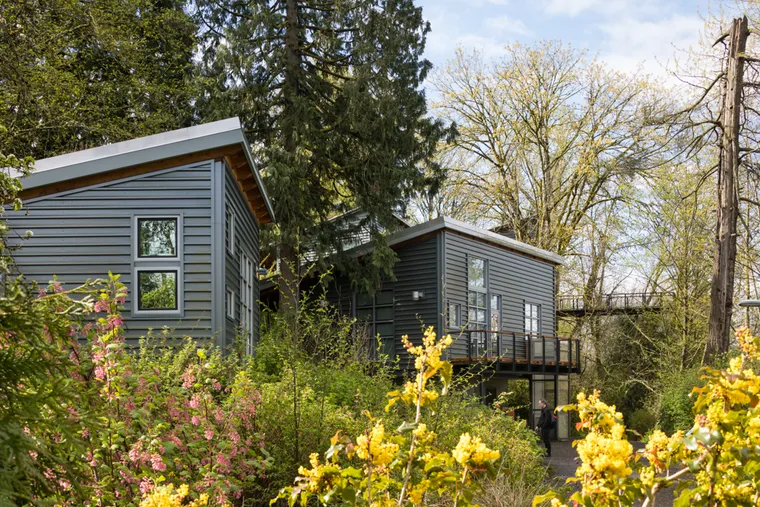Loved For The Long Haul
In the Central District in Seattle, Wash., there’s a famed modernist pool called the Medgar Evers Pool. Opened in 1970, it was named after the civil-rights leader who was murdered in Jackson, Miss., in 1963. And while the pool has undergone two renovations, the structure hasn’t meaningfully changed, but its use has evolved. It’s still a pool that offers low-cost lessons, but its angular, concrete roof has become a haven for skateboarders and community gatherings. The pool is now part of Seattle Parks and Recreation’s free shower program—a city-wide effort to support people without consistent access to a shower. And it continues to be well-loved; it has an overwhelmingly positive rating online, with community members describing the structure as “a clean, friendly neighborhood pool.” Public amenities often struggle to receive widespread community approval, but this pool has done it.
How hard is it to design a well-working pool? The answer is more complex than a set of drawings. The pool’s architect, John Morse, designed for people he hadn’t met yet—for people 53 years in the future. That’s a high bar, but one that should be set in projects today. The resulting prompt isn’t to design only wide-open, highly adaptable spaces without pronounced functionality or a distinct form. It’s an acknowledgement that, if done right, it will best prepare the future stewards of the building. So, what tools can be given to the next stewards? Today, architects have an obligation to design resilient buildings. Beyond being an impressive (modernist) object, buildings must do something. When buildings work well, they are loved, cared for, and carried into the future.

